

Stem cell therapy for shoulder injury provides a promising alternative to invasive surgery for shoulder pain. Treatment costs range from $5,000 to $15,000 at leading medical facilities. This regenerative therapy uses the body’s natural healing mechanisms to repair damaged tissue effectively, offering hope as one of the most innovative alternatives to shoulder replacement.
Pereira, Colombia, stands out as a top destination for stem cells for shoulder treatments, especially when you have shoulder osteoarthritis and similar conditions. Regencord Pereira’s team creates customized treatment plans that address each patient’s specific needs. Many patients report the most important improvements in their mobility and quality of life. The clinic’s specialized approach starts with collecting and processing the patient’s own stem cells and then injecting them precisely into the affected area.
This detailed piece explores why patients choose Regencord Pereira for stem cell shoulder treatment. You’ll learn about the science behind stem cell therapy for shoulder injuries, the treatment process, and real success stories from past patients.


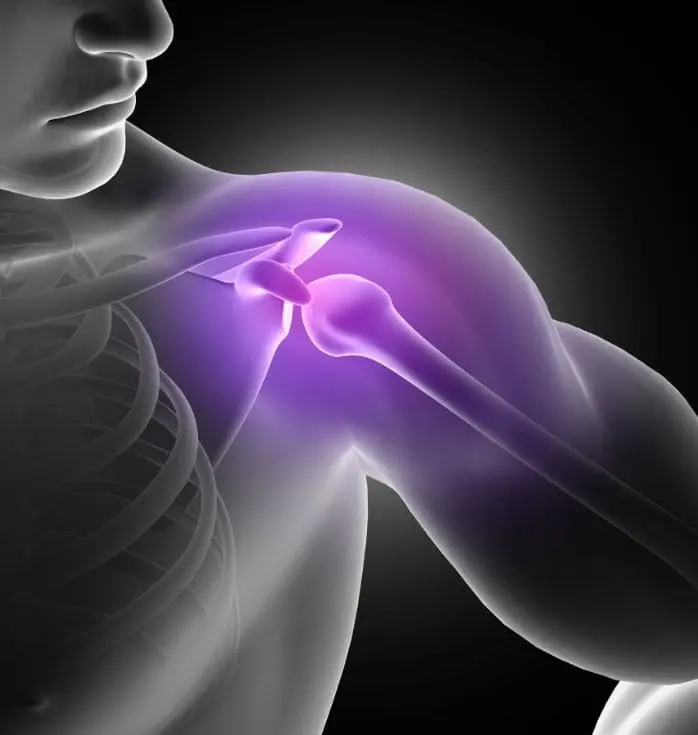
Shoulder pain ranks as the third most common musculoskeletal complaint. It affects millions worldwide, with up to 67% of people experiencing it during their lifetime. This condition reduces quality of life and puts heavy burdens on healthcare systems.
Pain that lasts more than three to six months becomes chronic shoulder pain. Several conditions can trigger this persistent discomfort.
The shoulder joint's complex structure and wide motion range make it prone to problems:
The shoulder's intricate anatomy and multiple pathogenic factors make diagnosis challenging. Doctors and researchers often use the term "non-specific shoulder pain" because standardized diagnostic criteria are lacking.
Shoulder pain does much more than cause physical discomfort. People struggle with basic tasks like putting on jackets, reaching overhead, or sleeping well when pain, stiffness, or weakness limits their shoulder movement.
Research shows that people with chronic shoulder pain have a much lower health-related quality of life than those without it. Sleep problems affect 82% of patients with shoulder pain lasting over three months. Depression strikes 22% of these patients, while 19% develop anxiety.
Work life takes a hit too. Workers dealing with shoulder pain lost between 1.8 and 8.1 years of work over nine years. People who had jobs that strained their shoulders might face disability issues even after retiring.
Many patients still battle persistent shoulder pain despite having several treatment options:
Standard treatments only temporarily relieve symptoms without fixing scar tissue adhesions. Rest, ice, medications, and electrostimulation ease symptoms but don't address muscle restrictions or dysfunction.
Physical therapy and exercises are vital for full recovery. Yet patients often avoid these active approaches because they cause discomfort. Recent studies show that physiotherapy works just as well as surgery for adults with shoulder pain.
Steroid injections offer quick pain relief but come with risks. Using too many injections over time might damage the joint. Many patients turn to alternatives like stem cell treatment for shoulder osteoarthritis after traditional methods fail to give lasting relief.
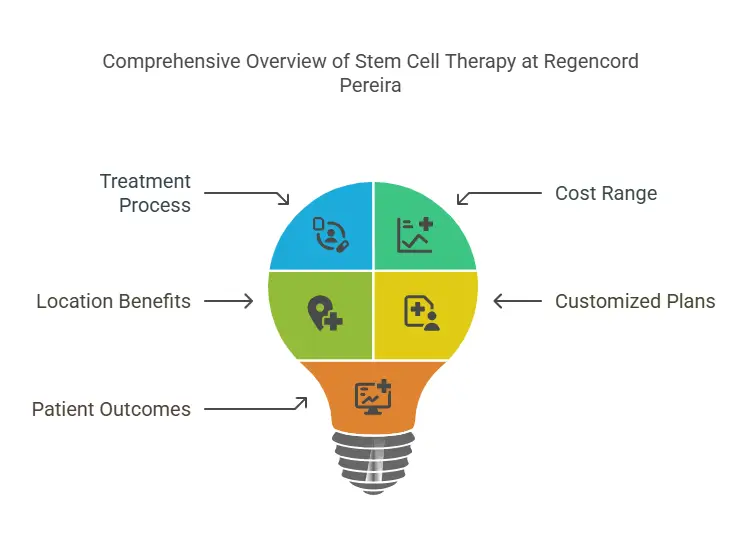
“Studies have shown that regenerative approaches have an approximate 85% success rate in treating shoulder problems.” — Dr. Rodney Samaan, Founder and Medical Director of RegenOrtho
Stem cell therapy has revolutionized orthopedic treatments and become a breakthrough option for shoulder injuries and degenerative conditions. These remarkable cells can repair tissue in ways that seemed impossible before, making stem cell injections for shoulder conditions an increasingly popular choice.
Stem cells help heal tendinopathy by releasing extracellular vesicles that control various biological processes. These vesicles boost collagen production, help tendons rebuild themselves, improve fibrocartilage formation, and make biomechanical strength better. On top of that, they fight inflammation and prevent adhesions by carrying regulatory proteins and microRNAs.
Traditional treatments just mask symptoms, but stem cell therapy tackles the root cause of shoulder pain. The cells don't just transform into needed tissue - they also attract other repair cells and help create new blood vessels through angiogenesis. This improves the treated area's ability to heal itself.
Stem cells are exceptional healing agents because they can expand, make copies of themselves, and separate into different specialized cell types under the right conditions. These cells help shoulder treatments in three main ways. First, they can grow and turn into mesodermal tissues. Second, they work with nearby cells through direct contact and release helpful paracrine factors and extracellular vesicles. Third, they intervene in healing through controlled cell death that involves both stem cells and immune cells.
Stem cells help heal tendinopathy by releasing extracellular vesicles that control various biological processes. These vesicles boost collagen production, help tendons rebuild themselves, improve fibrocartilage formation, and make biomechanical strength better. On top of that, they fight inflammation and prevent adhesions by carrying regulatory proteins and microRNAs.
Traditional treatments just mask symptoms, but stem cell therapy tackles the root cause of shoulder pain. The cells don't just transform into needed tissue - they also attract other repair cells and help create new blood vessels through angiogenesis. This improves the treated area's ability to heal itself.
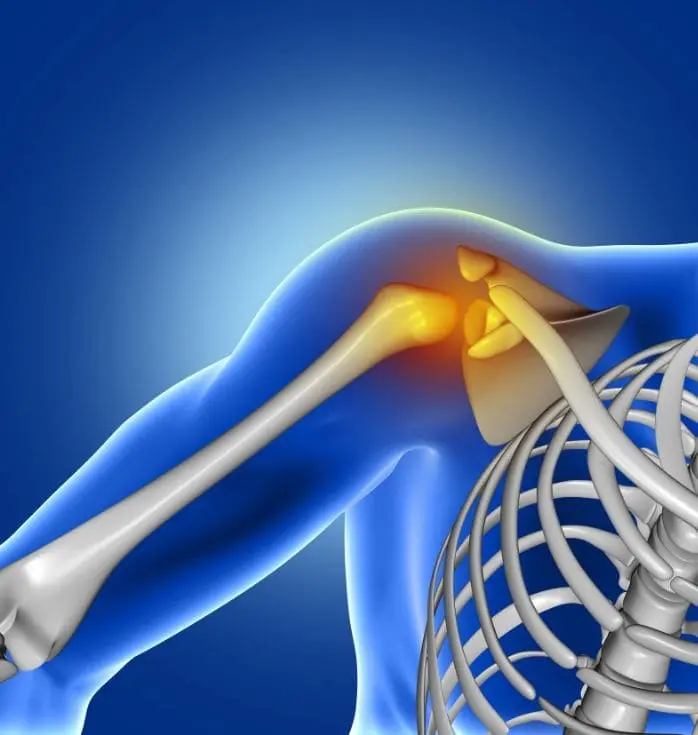
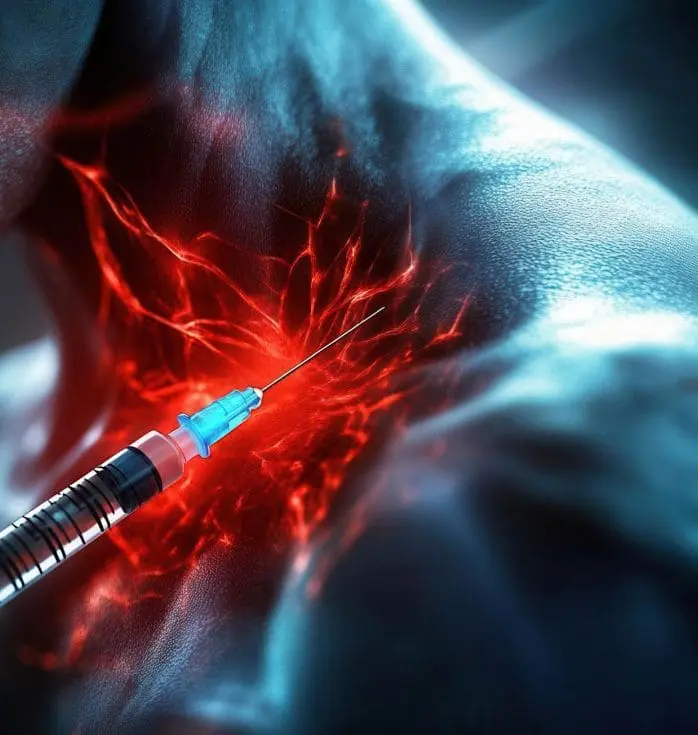
Scientists have found several types of stem cells that work well for shoulder treatments:
Research shows TDSCs might work best for tendinopathy. Animal studies showed they work better than BMSCs for these conditions. The biggest problem is that they’re hard to get.
After a stem cell injection for the shoulder, the body heals through both external and internal processes. External healing starts when cells from nearby tissues move in and create scar tissue. Then internal healing begins, bringing in tenocytes that grow and make collagen I fibers to strengthen the tendon.
Most people feel mild pain and swelling when they get the injection for about 48-72 hours. This inflammation ranges from mild to severe and usually lasts 3-5 days. Patients should rest, ice the area, and keep it elevated during this time.
Unlike cortisone shots that help right away, stem cell treatment takes time to work. People usually start feeling better and moving more easily within 2-6 weeks after the injection. The complete healing process, including collagen rebuilding, can take up to 12 months.
The amount of stem cells used really matters - clinical trials show that higher doses work better than lower ones. Putting the cells directly into the injured area delivers healing factors where they're needed most.
Regencord Pereira leads Colombia’s regenerative medicine field with exceptional shoulder treatments. The center has an 11-year track record and has treated more than 5,376 patients worldwide. Their results in stem cell therapy for shoulder conditions are unmatched.
The center creates custom treatment protocols for various shoulder conditions. It focuses mainly on rotator cuff injuries and shoulder osteoarthritis. Its methods combine stem cell therapy with complete rehabilitation programs that maximize healing potential. Patients with rotator cuff tears receive precise injections that boost natural healing. These injections promote fibrocartilage formation and improve fiber orientation.
The clinic’s treatment philosophy is different from traditional methods because it targets why problems happen instead of just managing symptoms. Research on animals showed that mesenchymal stem cells (MSCs) in their protocols create better healing and stronger shoulder tissues. These specialized stem cell applications showed remarkable results in healing shoulder osteoarthritis and rotator cuff tendinopathies.
The laboratory facilities meet strict international standards with several ISO certifications that guarantee quality and safety:
The center produces stem cells in their own laboratory under sterile conditions. Expert technicians operate specialized equipment to ensure quality. This in-house production lets patients track every test during their treatment experience.
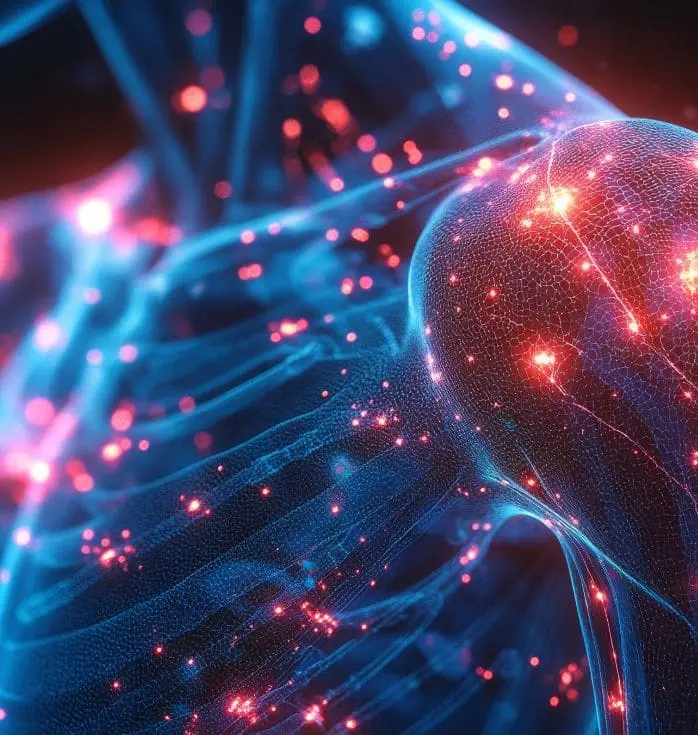
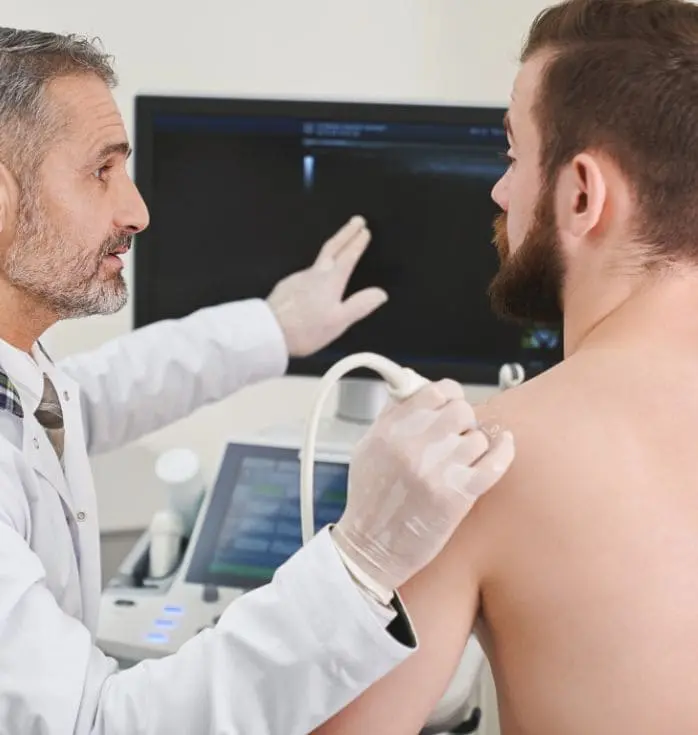
The core team makes Regencord truly special. Their medical staff brings together specialists in radiology, orthopedics, anesthesiology, urology, dermatology, genetics, pharmacology, biology, and bacteriology. This collaboration provides complete shoulder care.
The doctors have over 30 years of combined experience in regenerative medicine, genetics, biotechnology, and pharmacology. This deep expertise helps them create individual treatment plans for each patient’s shoulder condition. The staff combines professional excellence with genuine care. They guide patients through every step to ensure a comfortable and satisfying experience.
A dedicated research group keeps Regencord at the forefront of regenerative medicine. They constantly develop new knowledge to improve their shoulder healing protocols.
"If you have shoulder pain from arthritis or tendinitis, wear and tear, residual pain from unsuccessful orthopedic shoulder surgery, or a new or old shoulder injury such as torn or damaged cartilage, ligaments, or tendons, stem cell therapy could help you boost your mobility, decrease your pain, avoid surgery, or improve your outcome after surgery." — Dr. Charles Lee, Specialist in Stem Cell Therapy at Regenesis Stem Cell Center
Getting relief through stem cell treatment for shoulder pain follows a well-laid-out process that ensures the best results. The right doctor and a clear understanding of your treatment path are vital first steps in this healing experience.
Every patient at Regencord Pereira starts with a complete evaluation to determine whether they qualify for stem cell therapy. This evaluation looks at the anatomic arrangement, kinetic chain function, nutritional status, and existing inflammatory conditions. Physicians also examine medical history and imaging studies such as X-rays, MRIs, or diagnostic ultrasounds. They use this information to create a custom treatment plan for specific shoulder conditions.
Prior to treatment, patients should stop taking non-steroidal anti-inflammatory medications (NSAIDs) at least two weeks before the procedure. These medications can interfere with stem cells' healing process.
Treatment day takes less than one hour and needs only local anesthesia. The process starts with harvesting stem cells—usually from the patient's bone marrow in the iliac crest of the pelvis or from adipose tissue. The area receives complete numbing before collection starts.
The cells then undergo specialized centrifugation to isolate and concentrate regenerative components. Physicians inject these processed stem cells into the damaged shoulder area, using advanced guidance technology like ultrasound or fluoroscopy to place them perfectly.
Patients leave the same day without needing hospital stays or extended medical supervision.
Recovery happens in distinct phases over several months. Right after treatment, patients feel minimal discomfort at the injection site. They can start light activities within 1-2 days. Most clinics recommend:
Pain and inflammation decrease steadily through the first six weeks as mobility improves. The complete regenerative process continues for 6-12 months. Many patients see major improvements between 3 and 6 months after the procedure.
Regular check-ups—scheduled every 1-3 months—help physicians track progress and adjust treatment plans when needed.
Regencord's protocols have helped glenohumeral osteoarthritis patients manage pain and improve function. Clinical studies show that patients who received adipose-derived mesenchymal stem cells saw big improvements in their clinical scores. Their Visual Analog Scale (VAS) pain score dropped to just 3.34 after 36 months.
The results look even better when you consider that 83.08% of patients in one study were completely satisfied with their treatment after three years. These long-term results show that stem cell treatments do more than just temporarily relieve pain.
Better mobility proves these treatments work. Patients usually see their shoulder function improve over the first six weeks, with major gains between 3 and 6 months.
The Constant Murley Score (CMS), which gives a complete picture of shoulder function, showed big improvements 12 months after treatment and got even better at 24 months. The Simple Shoulder Test (SST) score also kept improving, reaching 10.15 (out of 12) at 36 months—this shows excellent function recovery.
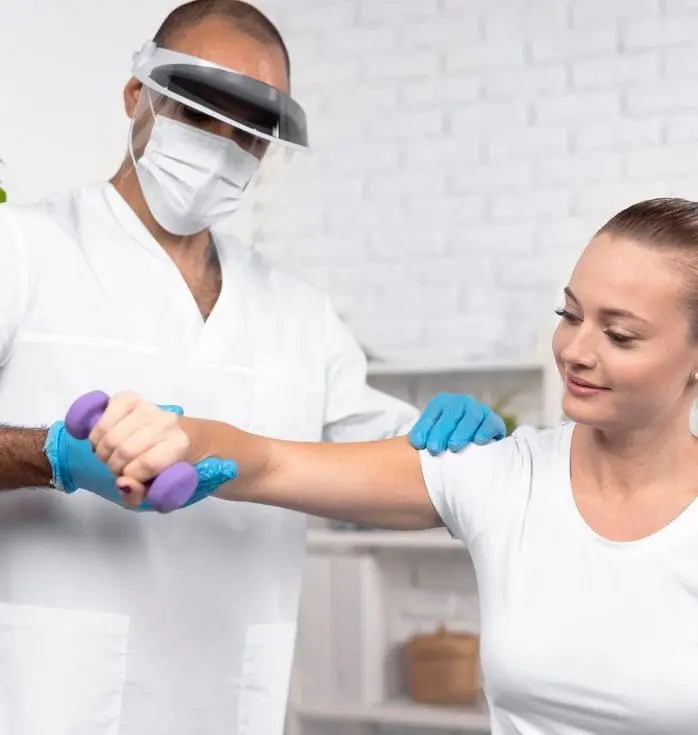
Studies and patient results show that stem cell treatment can effectively relieve shoulder pain. Success rates reach 85% for shoulder conditions of all types, especially when Regencord Pereira’s complete treatment protocols are used.
Real patient stories and clinical data back up how well this regenerative approach works. Most patients see major improvements 3-6 months after treatment. The largest longitudinal study shows benefits lasting more than three years. These results matter a lot if you have tried traditional treatments without much success.
Regencord Pereira’s mix of specialized protocols, modern facilities, and expert medical supervision creates the perfect setting for shoulder healing. Recovery takes time, but the results show that stem cell therapy works as a great alternative to shoulder replacement for many shoulder conditions.
Stem cell therapy for shoulder pain has become a game-changer in managing shoulder pain. The team screens patients carefully, delivers precise treatments, and provides dedicated follow-up care. This approach helps patients move better and return to their daily activities with less pain.
We focus on knee treatment using stem cell therapy, focusing on three main processes:
Stem cells are unique cells with the ability to develop into various cell types and repair damaged tissues. They are used in regenerative medicine, including treatments for cancer, neurodegenerative diseases, and injuries. Sources include bone marrow, cord blood, and embryos.
(888) 540-4101
Begin your journey with us today! Call us at (888) 540-4101 or complete the form to learn more.


